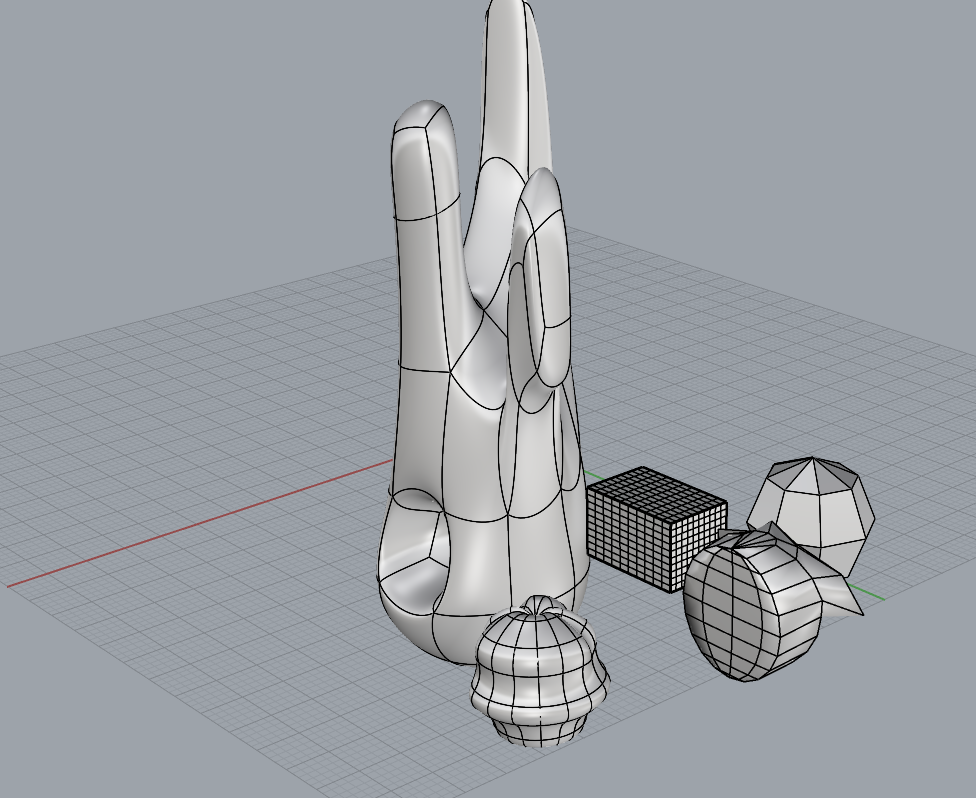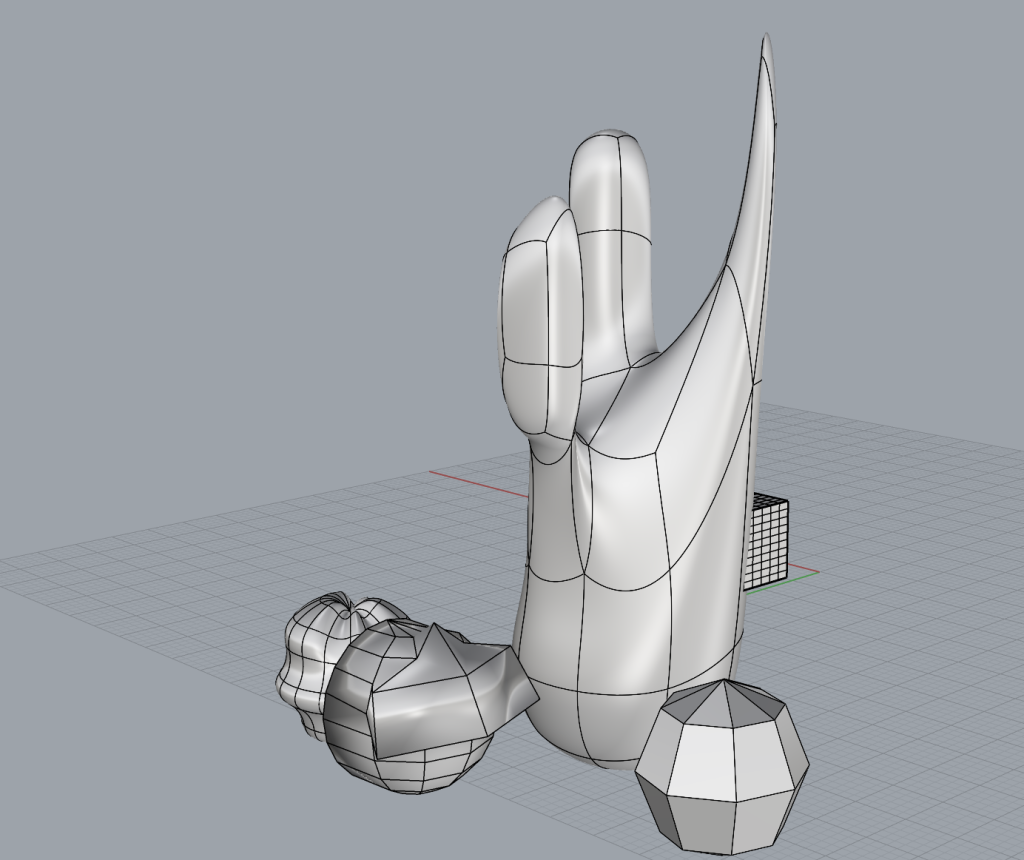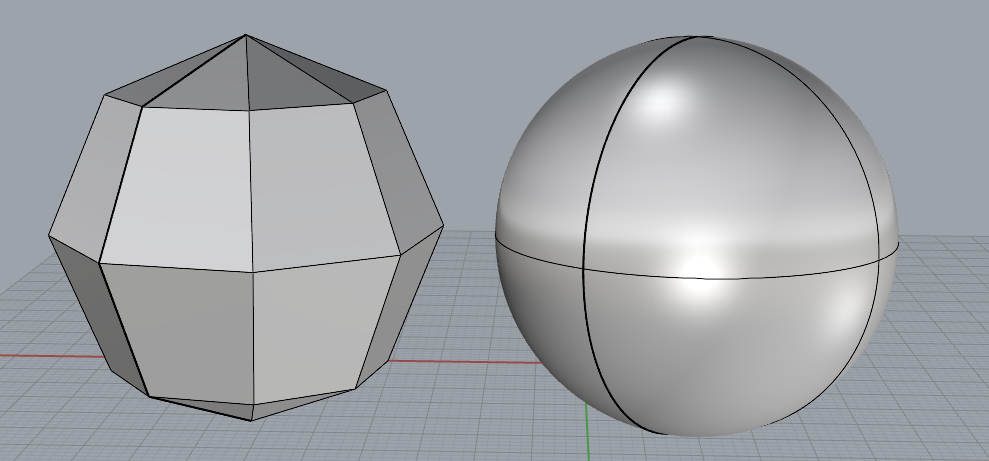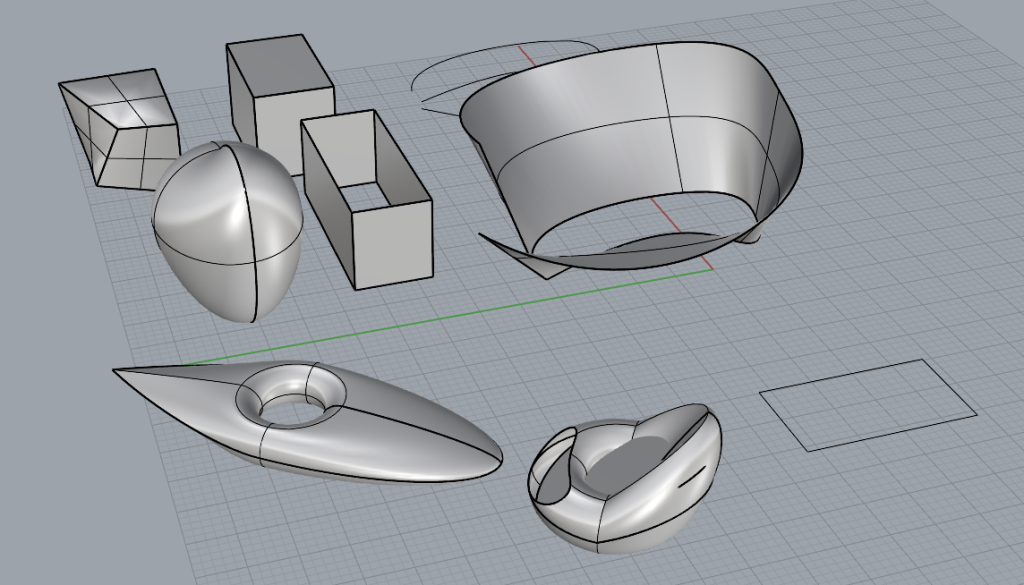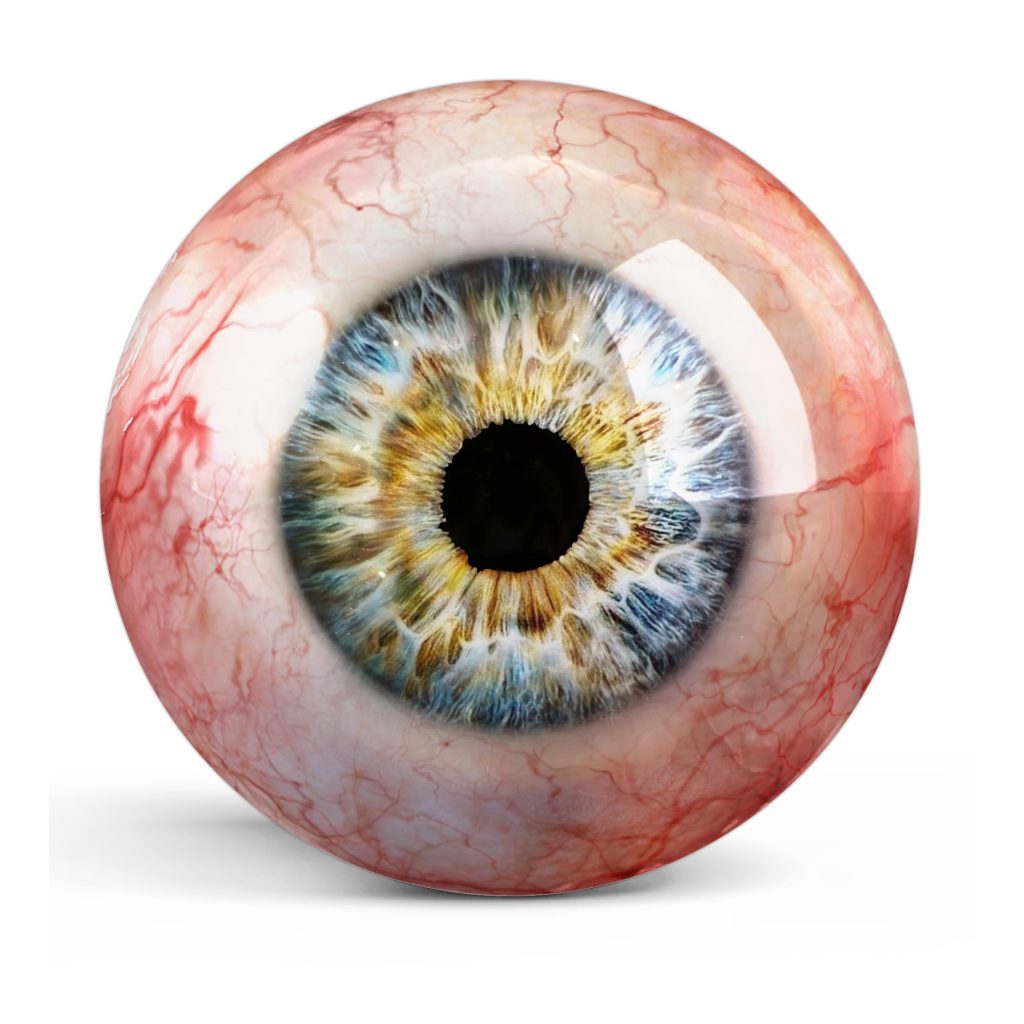

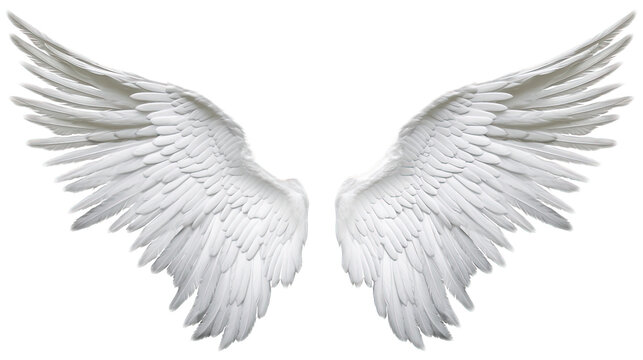

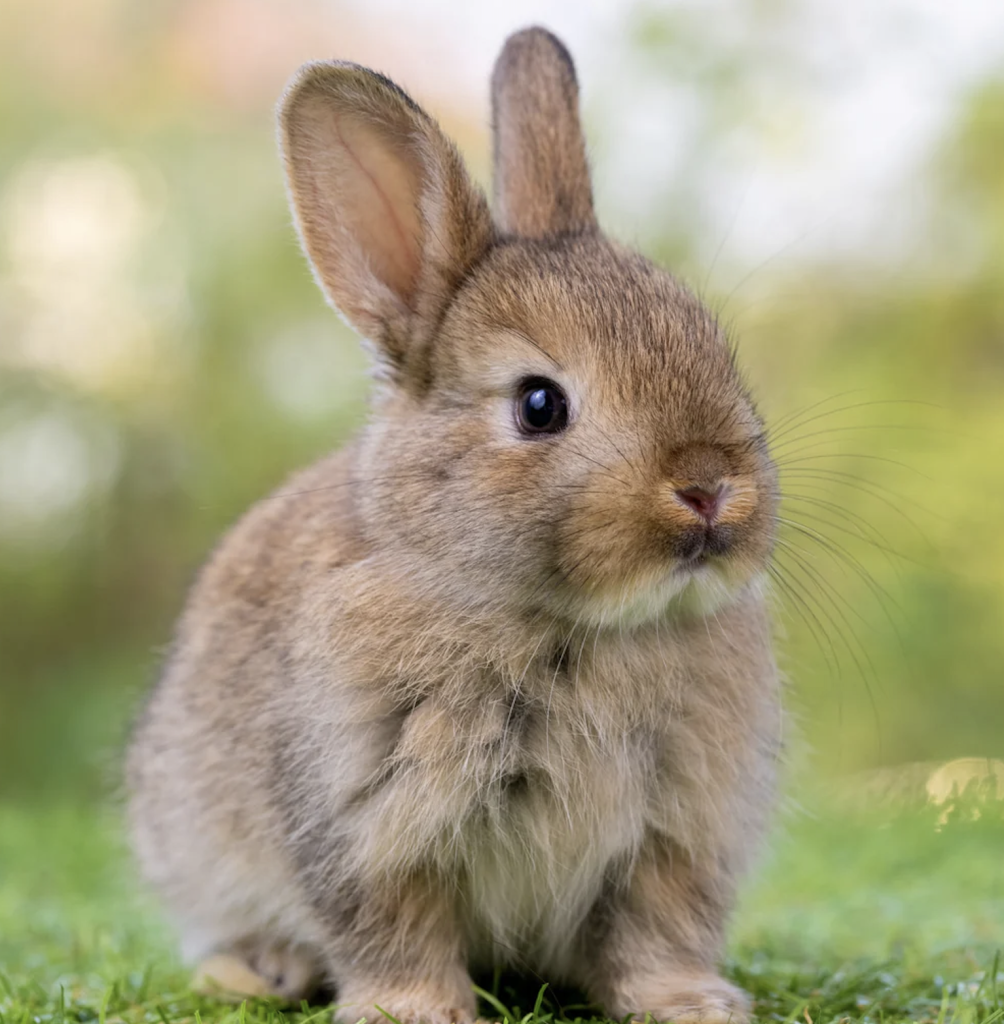





In November of 2023, my Dad, brother, dog, and I went on a one-night camping trip in the Shenandoah. We started off the day very early to maximize light while hiking to find the best campsite. I remember the weather being nice, and chilly in the morning, but I warmed up fast with my heavy pack. We each carried packs weighing about 35 pounds that included food, water, and supplies. Even my dog carried his own food and water. After a nice long hike through the woods, we finally settled on a campsite. We cleared leaves to set up our tent and a fire pit to be able to cook our dinner. My dog and I explored around the site looking at cool plant species and enjoying the scenery. What seemed to be a normal, nice camping trip soon would turn into a scary event I would not forget. After hanging out and making dinner we called it a night after our long day. I had just drifted off to sleep until I was jolted awake by a screeching sound and then leaves crunching. My heart was beating very quickly and I was unsure what this creature may be. Is it a person, a bear, another animal? I listened closely, not able to move, trembling in the small tent I shared with my family. We were unsure if whatever was making this noise was dangerous or what would happen. The sound continued fading in and out as the animal got closer and farther. I lay still and awake most of the night. When the sun finally rose there was nothing I wanted to do more than wake up and hike out and that is exactly what we did. Looking back this is a cool story to tell and I seem a little silly because, after some research and listening to sounds on YouTube, we believe it was just a deer that had been irritated by something. However, I truly can never describe the exact sense of fear I felt in that exact moment out in the woods by ourselves.
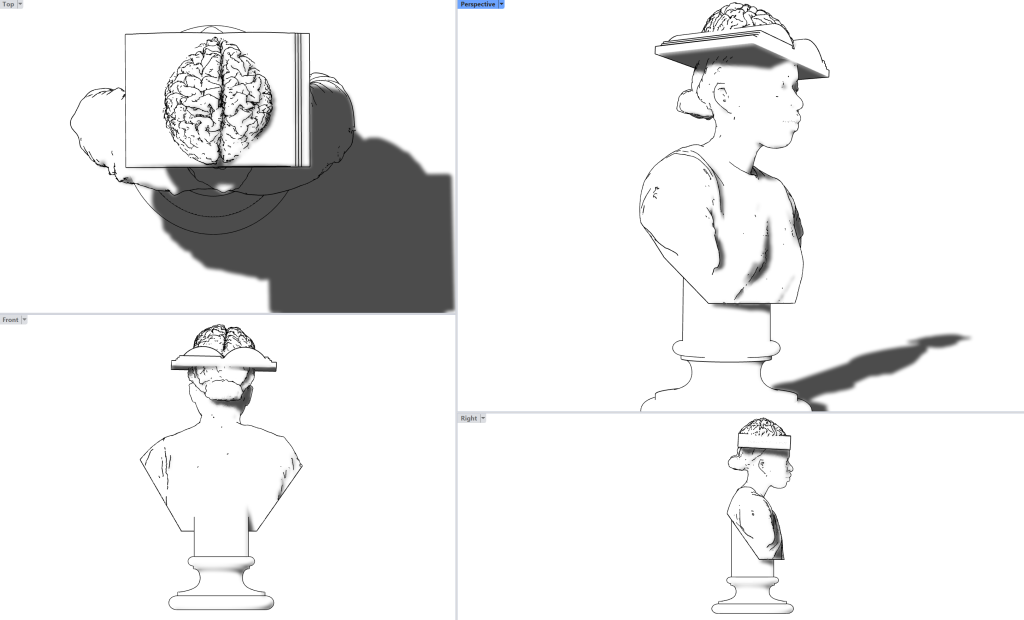
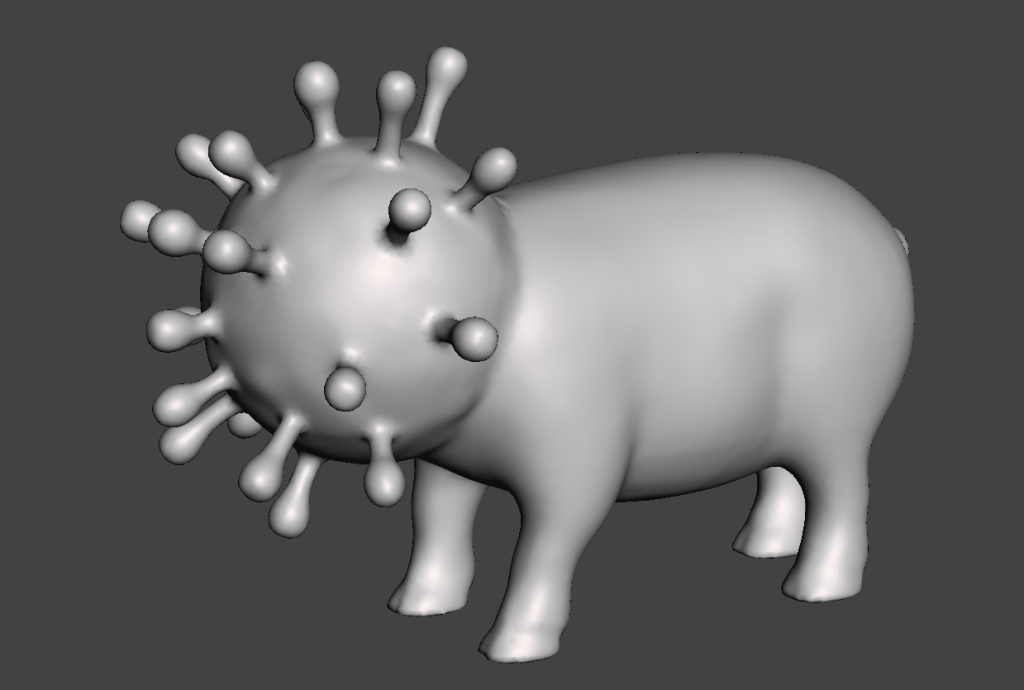
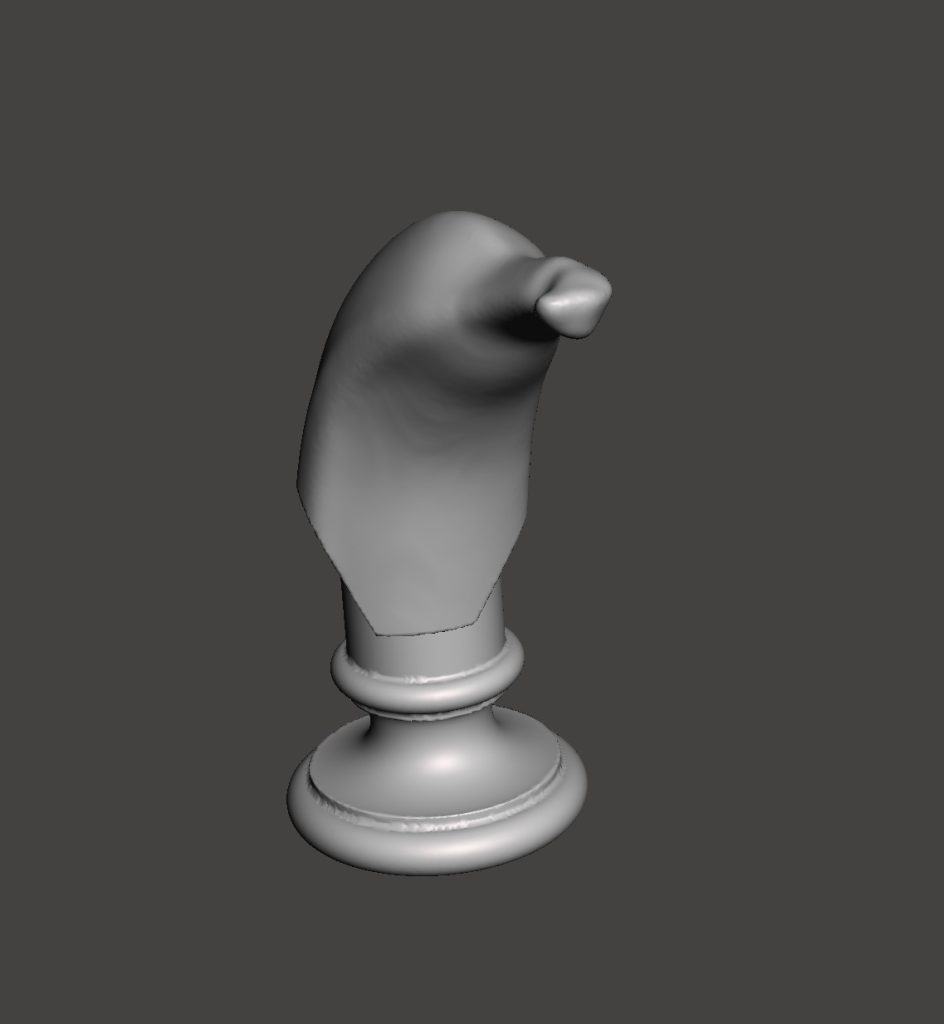
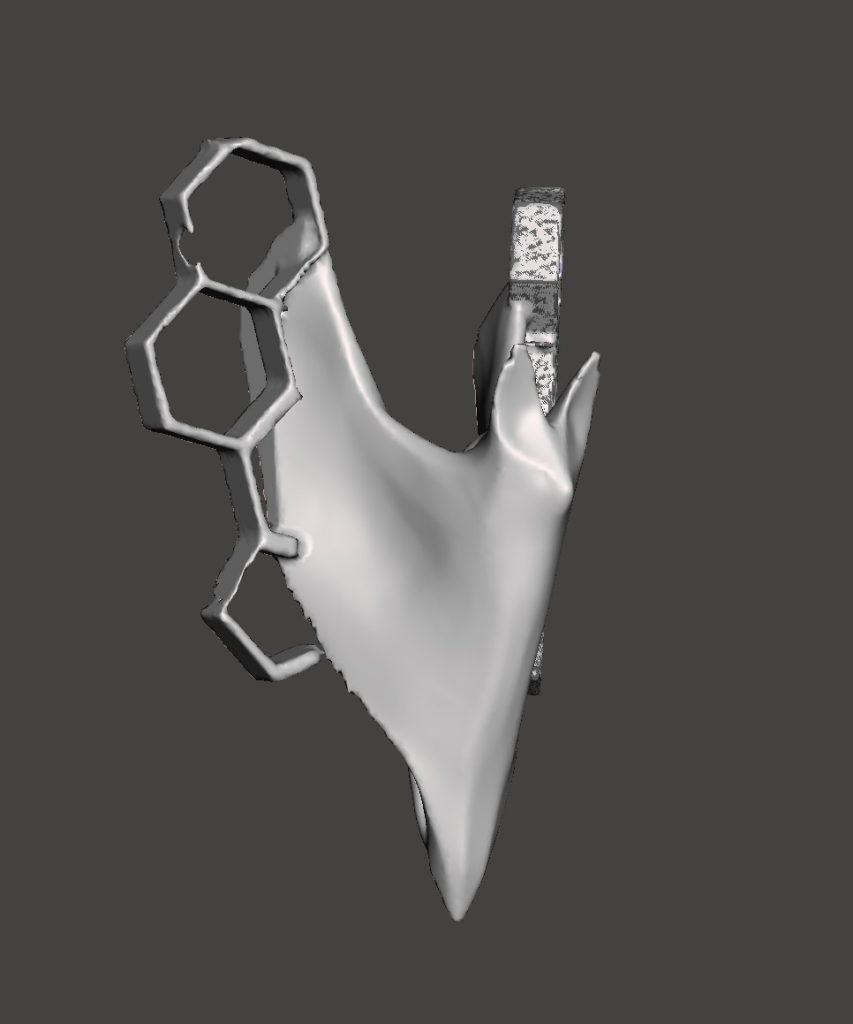
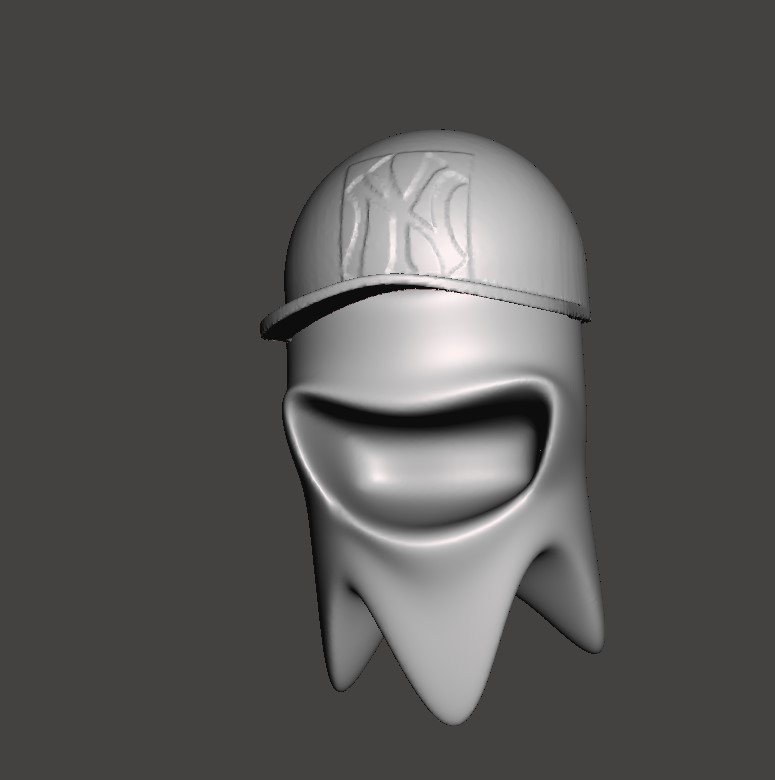
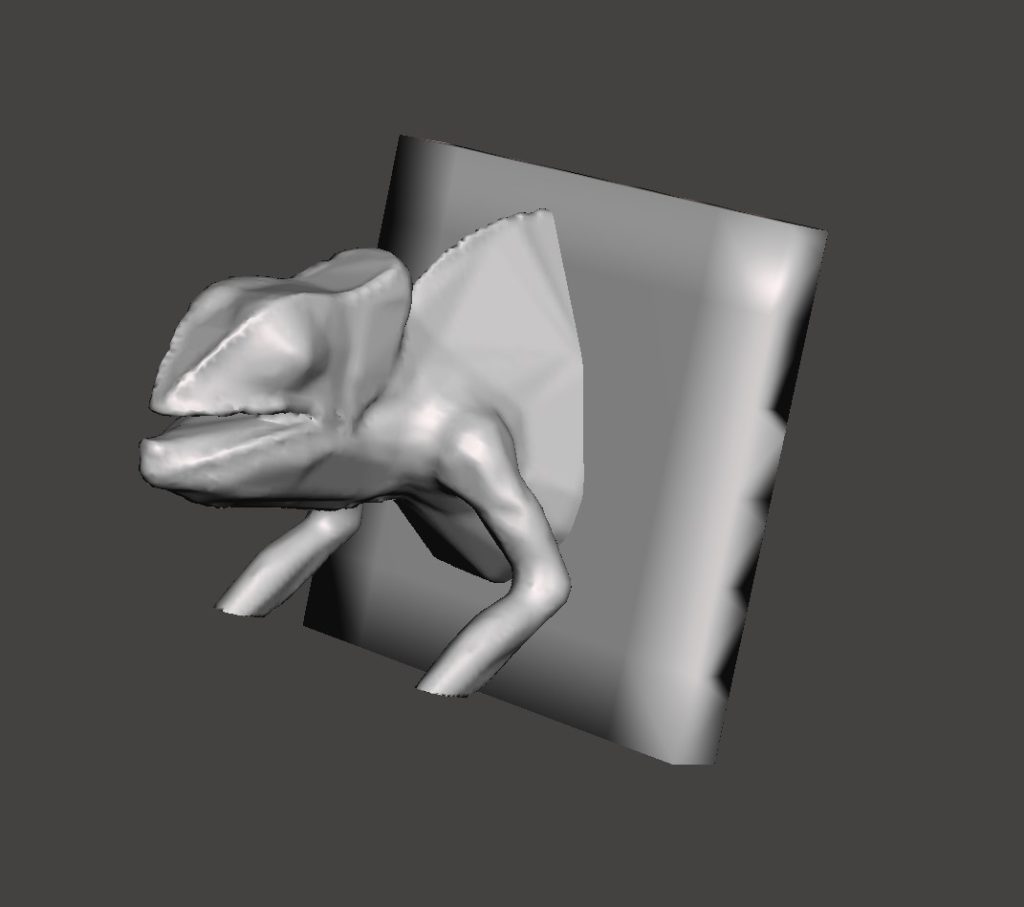
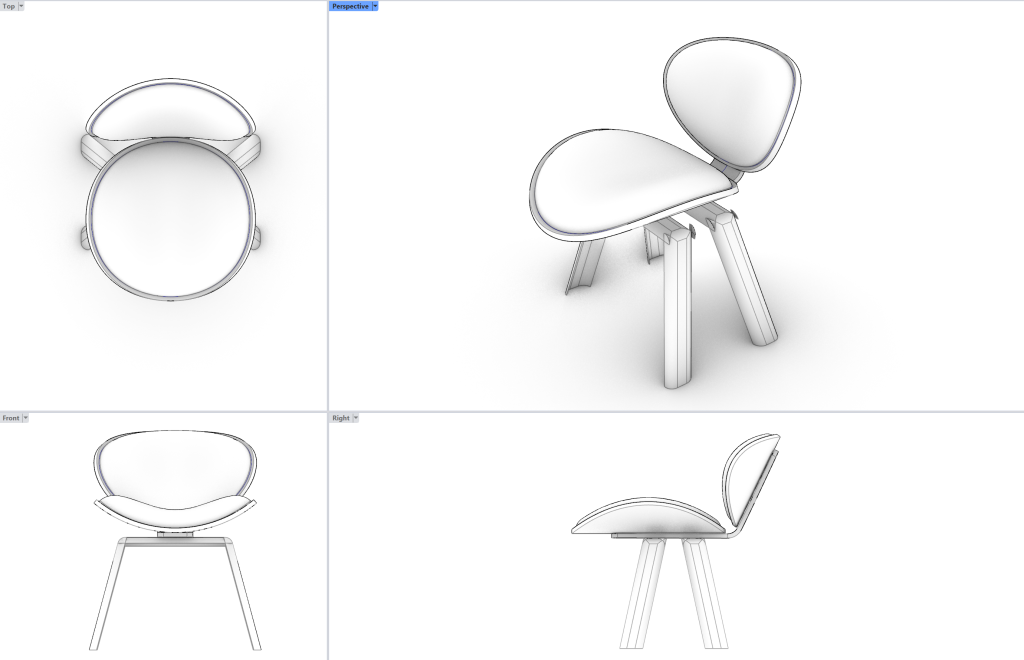
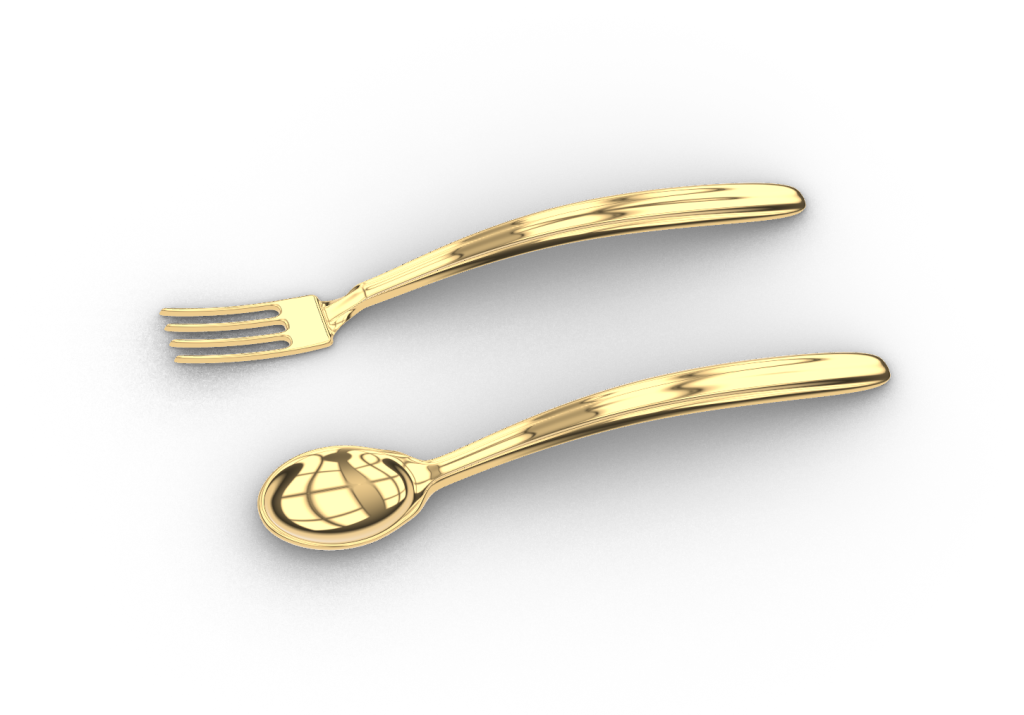
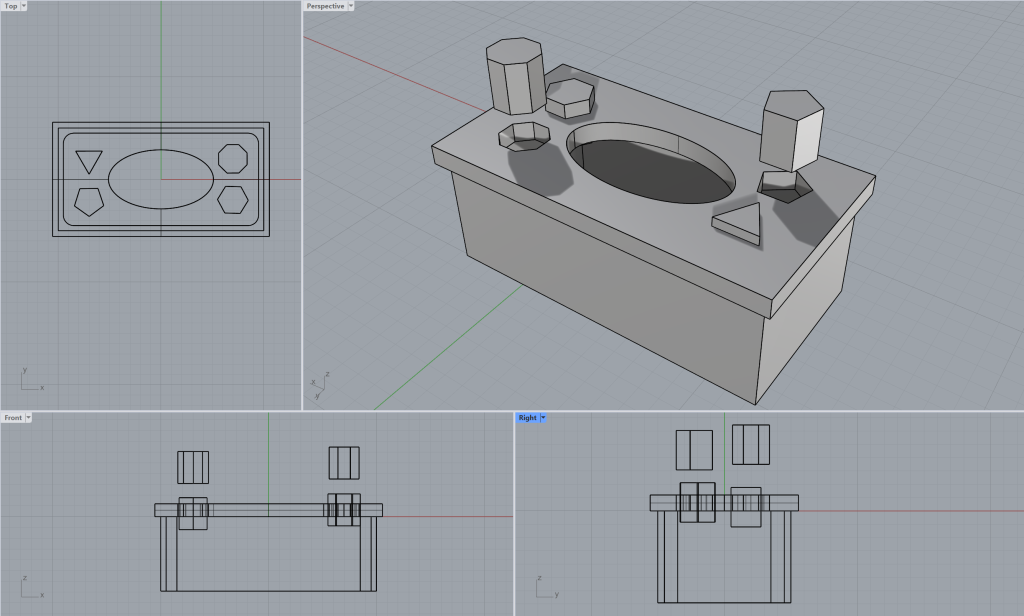
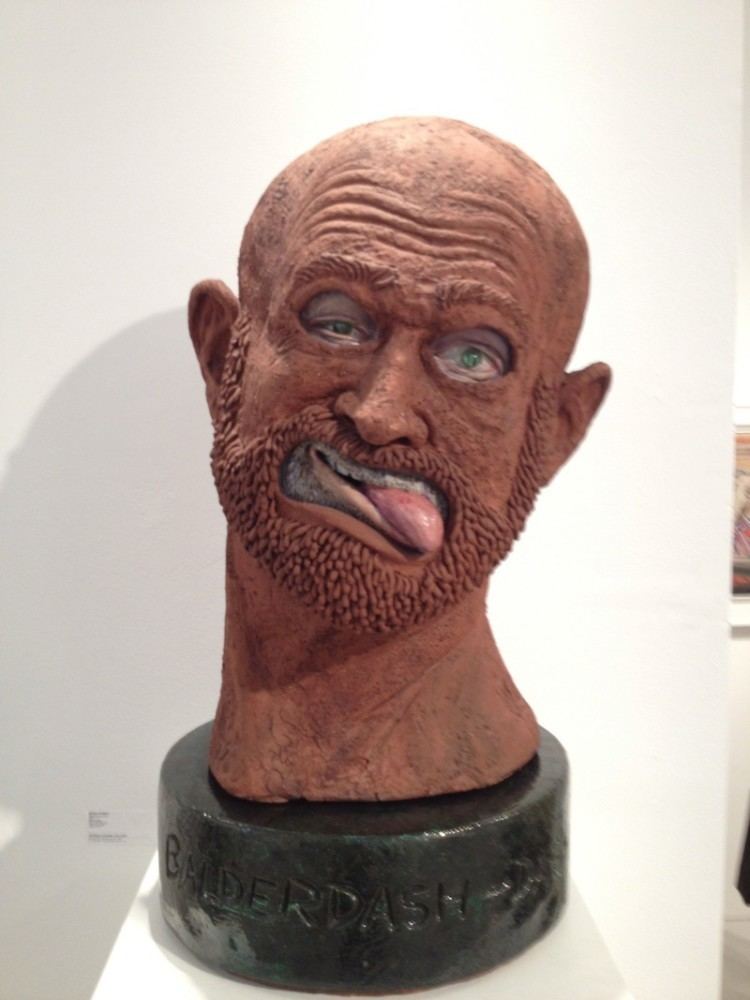
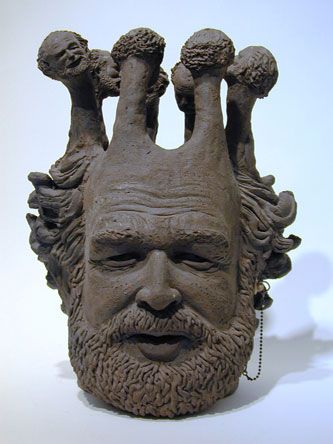
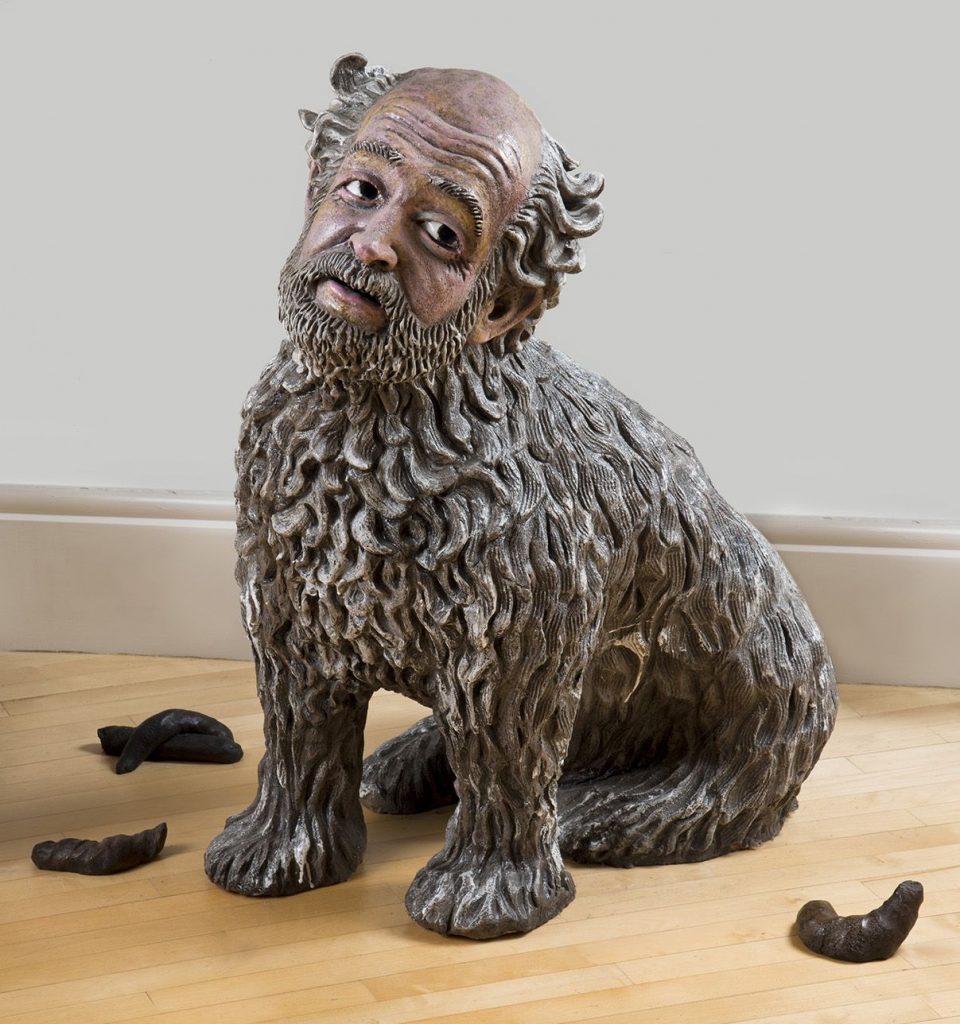
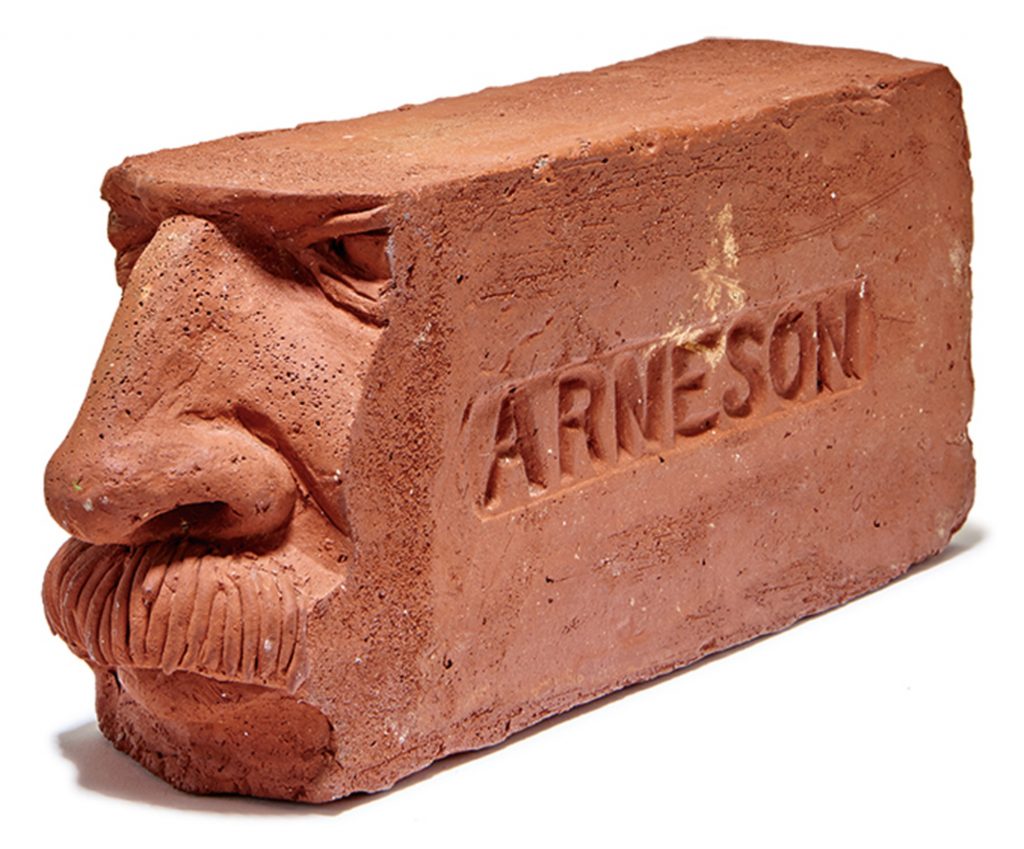
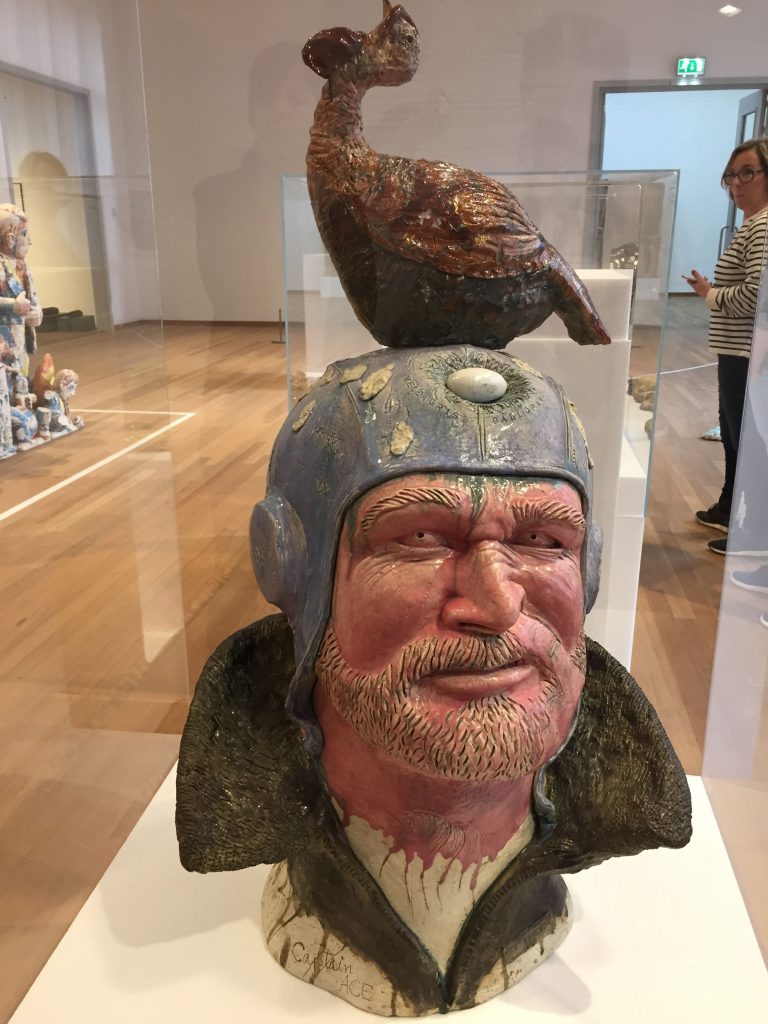
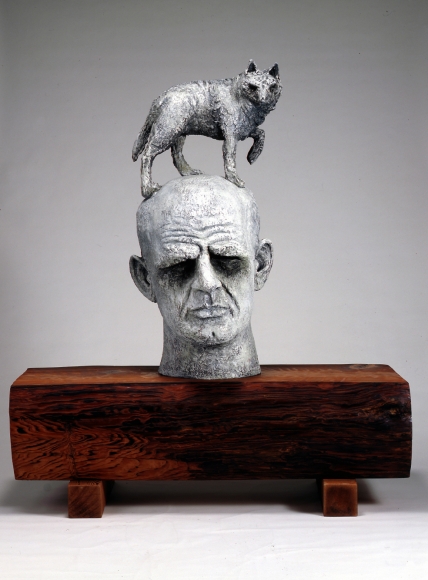
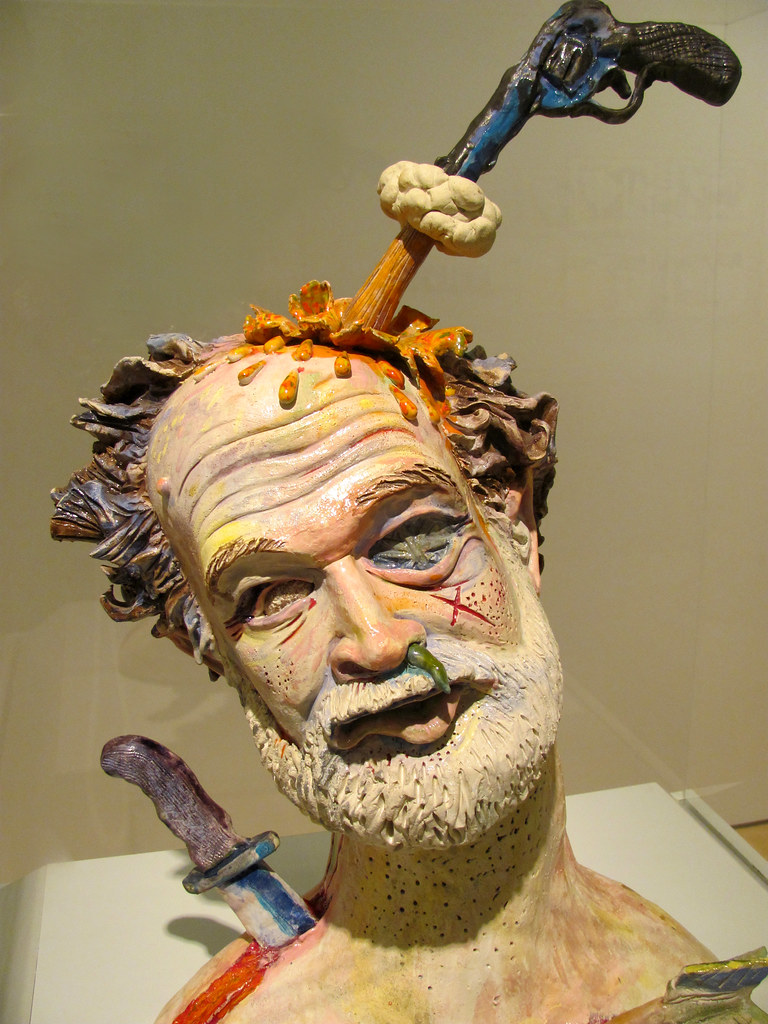
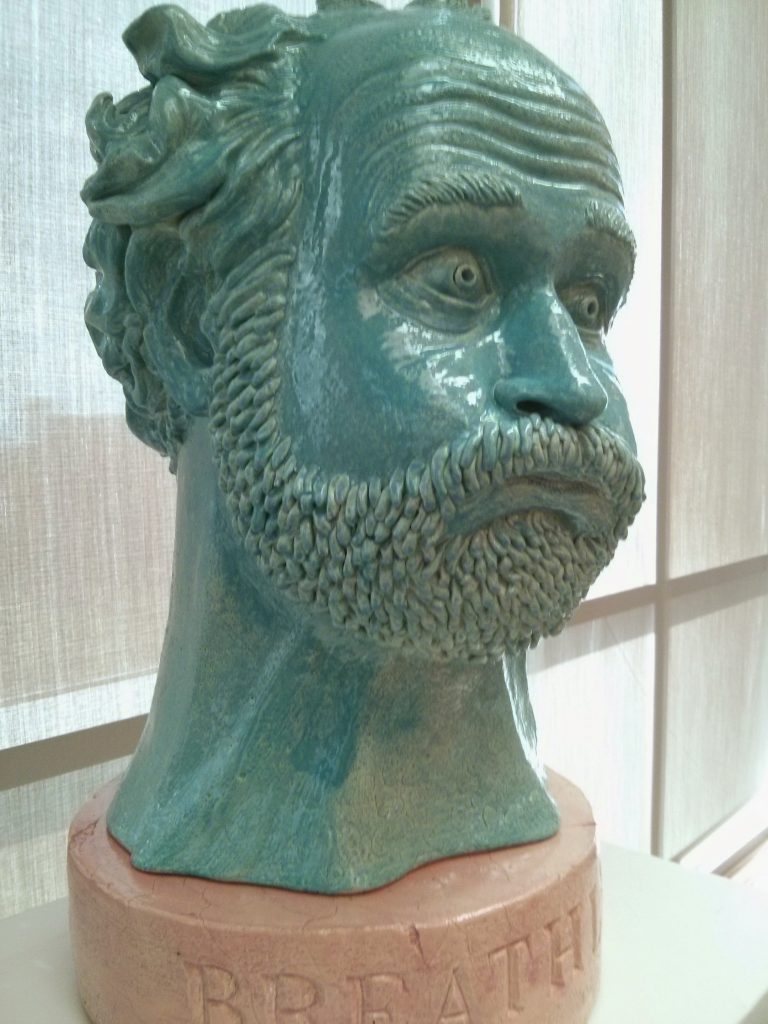
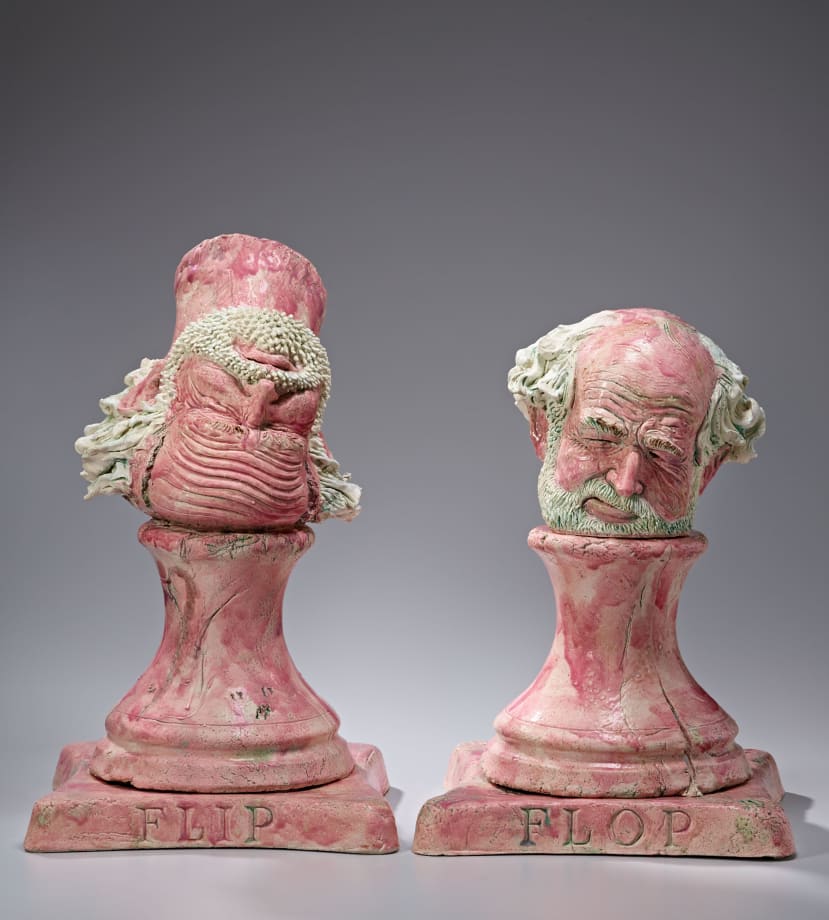
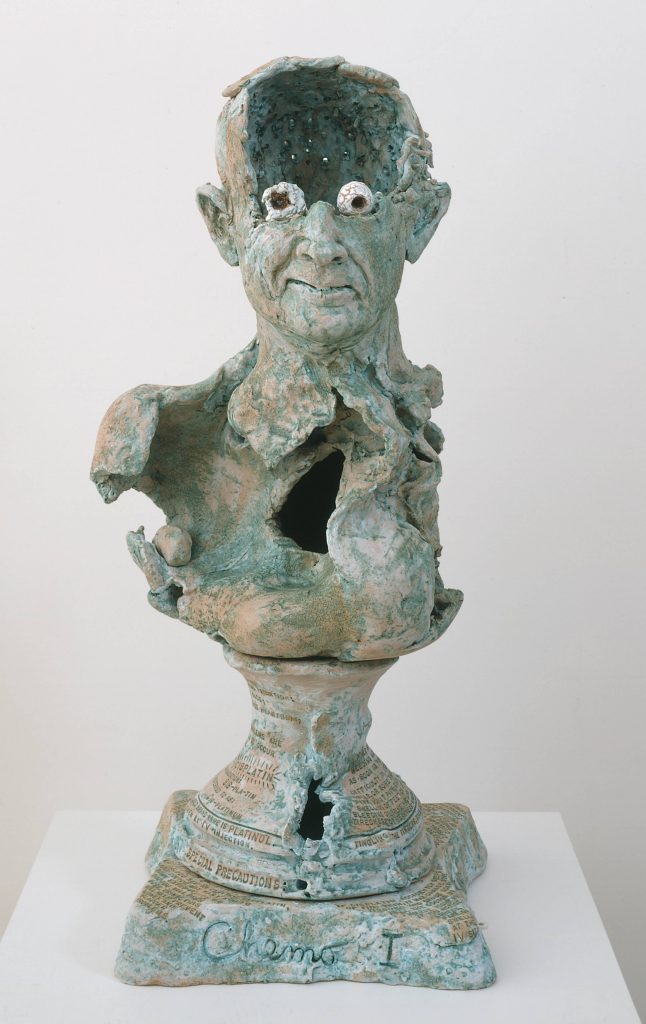

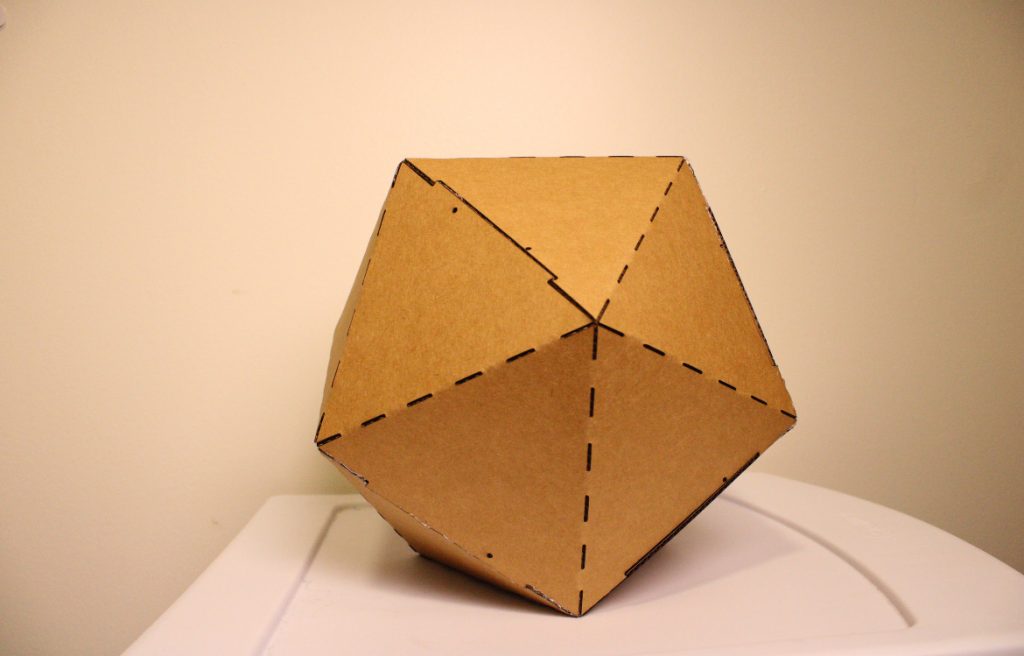
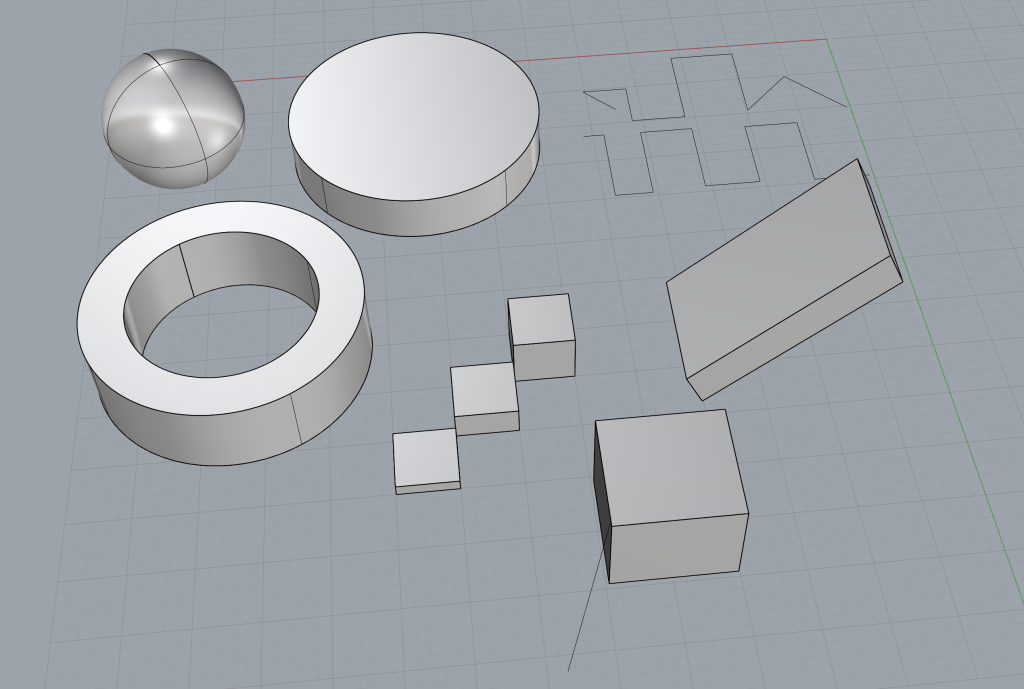
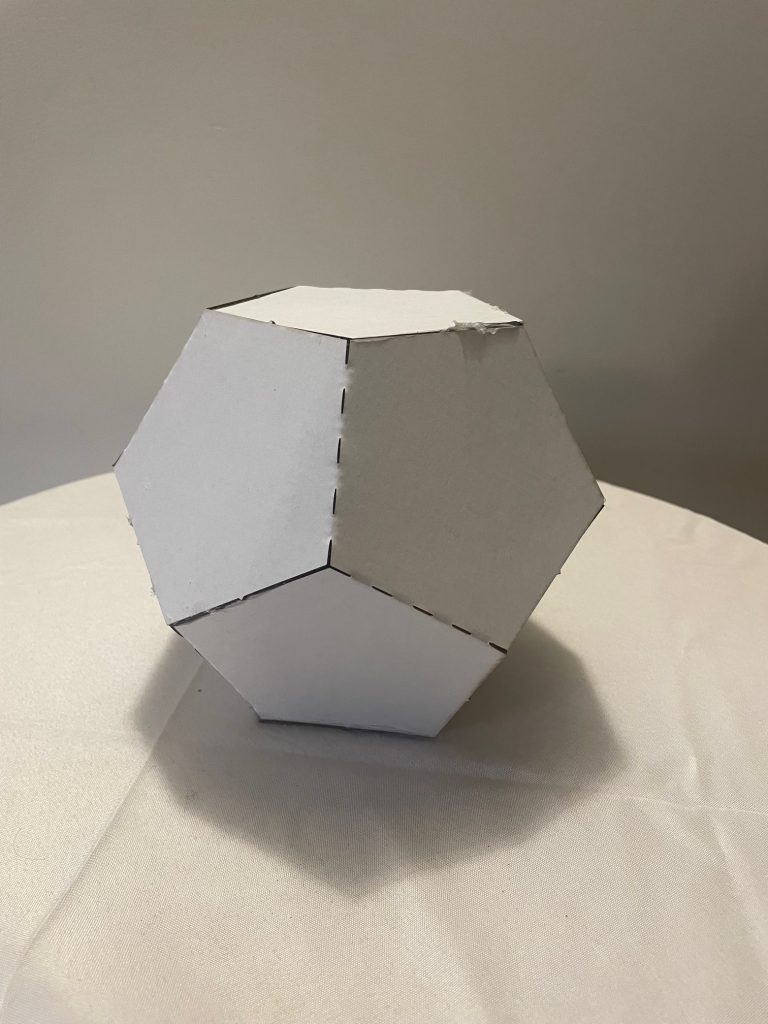
Main considerations for taking effective photos of your work:
Examples of effective photos — student projects from Sculpture 1:
http://sculpture1.blogs.bucknell.edu/?p=5969
http://sculpture1.blogs.bucknell.edu/?p=6397
http://sculpture1.blogs.bucknell.edu/?p=6618
http://sculpture1.blogs.bucknell.edu/?p=6335
To learn more about photographing artwork, see the resources below:
See also: http://cota.kennesaw.edu/ArtAndDesign/portfolio-photography-tips.php

